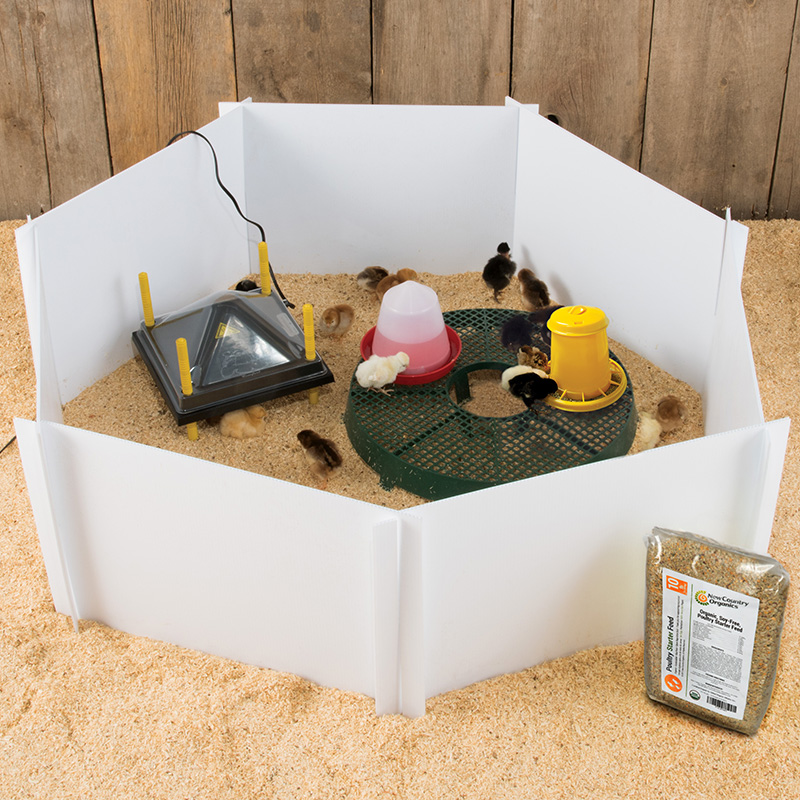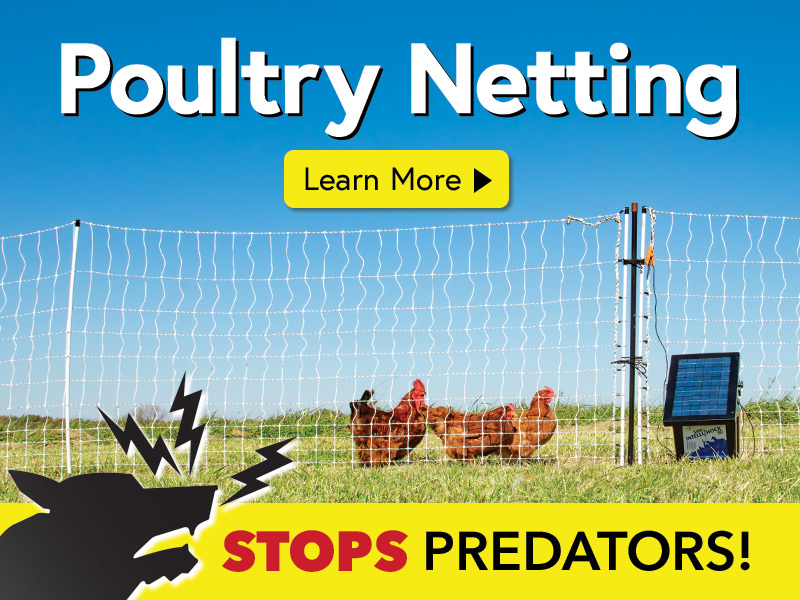What is a poultry brooder?
5 Simple Steps To Successful Brooding

1) Location, location, location. Select a draft-free area with good ventilation. Make sure it’s also safe from predators. Choose a location where you can frequently check on the young birds. Allow 0.5 sq ft of space per day-old chick.
2) Keep them warm. Heat can be provided by a heat lamp or heating plates. Chicks should be evenly dispersed within the brooder. If they’re all under the lamp, it’s too cold. Spread among the edges, too hot. Clustered in spot, too drafty. Temperature is easily controlled by lowering or raising the heat lamp. If chicks are clustered beneath the lamp at the lowest yet safest height, use a higher wattage bulb to produce more heat.
3) Provide a fresh, constant supply of water. If not using a nipple waterer, select a trough design that’s narrow and shallow to reduce your chick’s risk of drowning.
4) Use a high-protein food source. Starter feeds are formulated to meet a chick’s early growth needs. Medicated feeds contain a coccidiostat, which prevents illness from a common protozoa called Coccidia.
Choose feeders that allow free access while minimizing waste. Active chicks often run over or through their feeders, so we like designs that include a “grill” that allows head access, but not feet. Grills also reduce soiled or spilled feed.
Capacity depends on the number of chicks to feed. More chicks means a larger feeder is needed (or multiple smaller feeders).
5) Replace bedding often. Bedding insulates the brooder floor and gives chicks something to scratch in. Dry bedding will absorb moisture from droppings and leaky waterers. Keep it clean! Clean bedding = clean and healthy birds.
Suggested material:
- Shredded newspaper
- Chopped straw
- Wood shavings
- Peat moss (Our favorite!)
- Crushed corn cobs, or sand
Used bedding is a fabulous compost additive once brooding is complete.
Moving on out…
Broilers are moved outdoors once they’re fully feathered, which is 3-4 weeks of age. For other varieties, full feathering often occurs at 6 weeks. We’ll move birds to an outside coop while still offering a secure and warm place in case they’re not quite ready.
When moving birds to the backyard or pasture, add portable electric netting to protect your flock from predators.



